A Spicy Journey: Discovering Mexico’s Most Iconic Dishes and the Secrets Behind Their Flavors!
Table of Contents
- Introduction
- Tacos: The Heartbeat of Mexican Street Food
- Mole: A Symphony of Spice and Soul
- Tamales: Wrapped in Tradition
- Spiced Soups: From Pozole to Sopa de Lima
- Seafood Specialties: Coastal Delights from the Pacific and Caribbean
- Sweet Heat: Spices in Mexican Desserts
- Buying Guide: Essential Ingredients for Mexican Cooking at Home
- Conclusion
Introduction
Mexico isn’t just a country—it’s a full-flavored adventure. With every bite, you’re tasting centuries of history, indigenous traditions, and a love affair with spice that spans generations. From the smoky aroma of chipotle peppers to the earthy warmth of cumin and cinnamon, Mexican cuisine is a playground for spice lovers and curious palates alike.
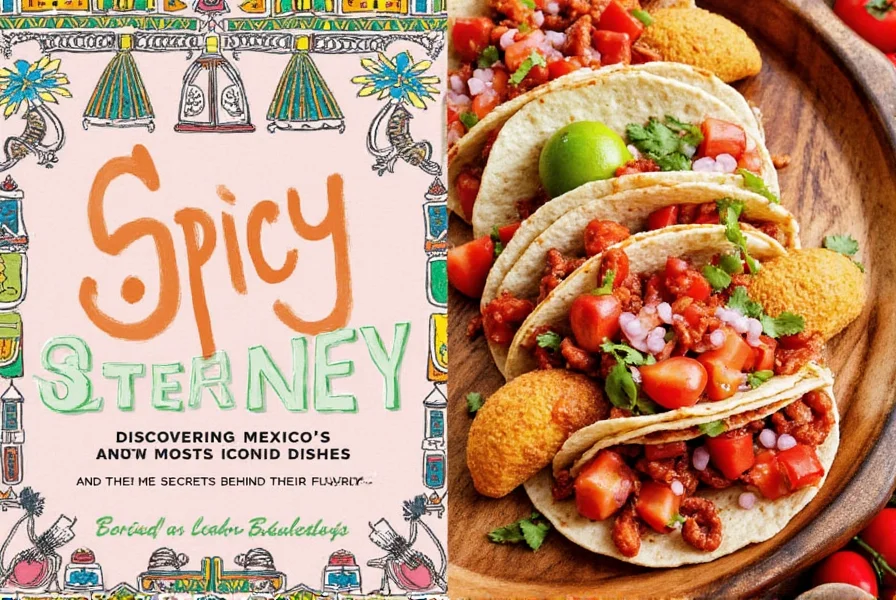
In this blog post, we’ll explore the most iconic dishes from different regions of Mexico, uncover the spices that make them shine, and give you practical tips for bringing those flavors into your own kitchen. Whether you're a professional chef looking to deepen your knowledge or a home cook craving something new, this journey through Mexico’s diverse culinary landscape promises both education and excitement.
Tacos: The Heartbeat of Mexican Street Food
If there’s one dish that encapsulates the soul of Mexican street food, it’s the taco. Simple in form but infinite in flavor, tacos come in countless varieties—from al pastor to barbacoa to carnitas. But what ties them together? Spice.
The secret behind many tacos lies not just in the meat but in the marinades and salsas that bring them to life. Here's a breakdown of some popular taco styles and their signature spice profiles:
| Taco Style | Meat Type | Signature Spice Blend | Regional Origin |
|---|---|---|---|
| Al Pastor | Pork | Adobo (chili powder, vinegar, garlic, oregano, paprika) | Mexico City (influenced by Lebanese shawarma) |
| Carnitas | Pork shoulder | Orange zest, clove, cinnamon, bay leaf | Michoacán |
| Barbacoa | Beef cheek | Dried chilies (ancho, guajillo), cumin, coriander | Hidalgo |
| Campechano | Mix of beef offal and pork | Salt, chili powder, lime | Veracruz |
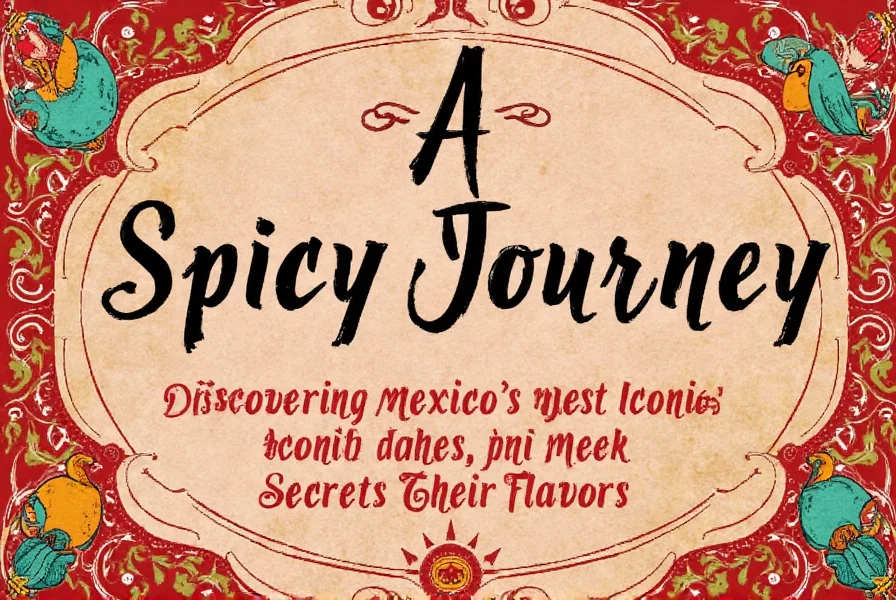
Practical Tip: Master the Art of Taco Assembly
- Fresh tortillas are non-negotiable: Warm them up on a comal or skillet for better texture and flavor.
- Beware the salsa balance: Each salsa brings a different heat level and acidity—start small and adjust to taste.
- Add toppings strategically: Cilantro, onion, avocado, and lime should complement—not overwhelm—the filling.
Mole: A Symphony of Spice and Soul
No discussion of Mexican cuisine is complete without mentioning mole, a complex sauce that can take days to prepare and features dozens of ingredients. It’s the ultimate example of how spice can elevate food from ordinary to sacred.
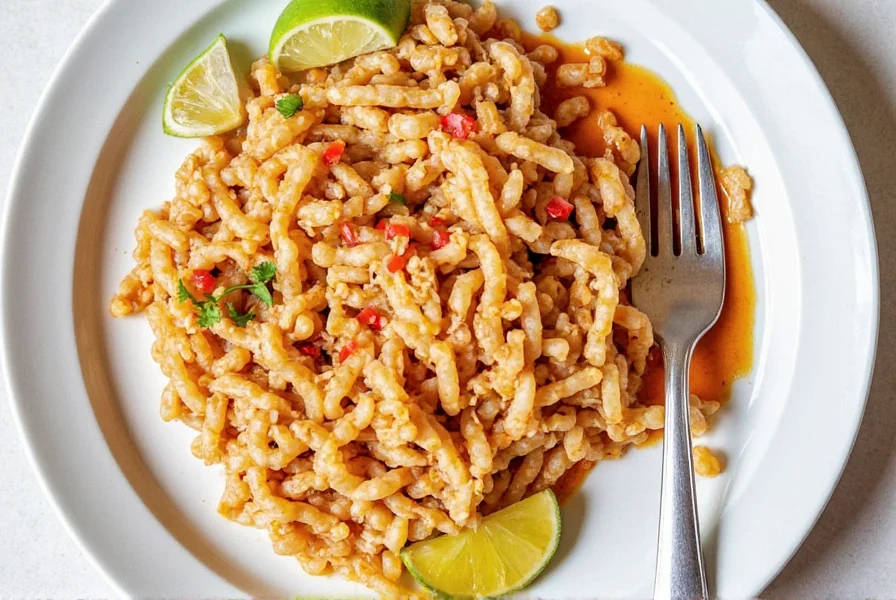
Types of Mole and Their Spice Signatures
- Mole Poblano: Dark, chocolate-infused sauce with dried chilies, nuts, seeds, and warm spices like cinnamon and cloves.
- Mole Verde: Fresh herb-based mole with tomatillos, green chilies, and cilantro.
- Mole Negro: From Oaxaca, it’s the darkest and richest, incorporating burnt tortillas, bitter chocolate, and anise-like hoja santa.
- Mole Amarillo: Yellow mole made with guajillo chilies, ginger, and tomatoes—less sweet than other moles.
Pro Tip: Make Ahead & Freeze Mole
Mole freezes beautifully! Prepare a big batch and freeze in portions so you always have a luxurious sauce ready to go.
Tamales: Wrapped in Tradition
Tamales are more than just masa wrapped in corn husks—they’re a symbol of community and celebration. Traditionally filled with meats, cheeses, or rajas (roasted poblano strips), they are often flavored with rich, spiced sauces.
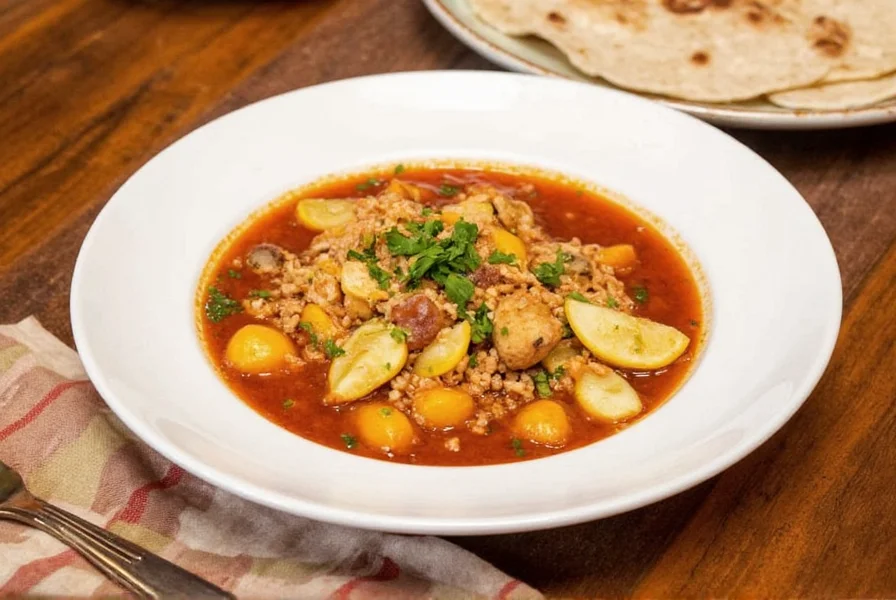
Popular Fillings & Their Spice Levels
- Pollo con Mole: Chicken tamales topped with spicy-sweet mole sauce.
- Puerco con Verde: Pork in green salsa, packed with jalapeño heat and tomatillo tang.
- Rajas: Mildly spicy with roasted poblanos, cream, and cheese.
Tip for Perfect Tamales:
- Don’t overfill! You want the masa to hold its shape when steamed.
- Soak the corn husks overnight to make them pliable.
- Steam tamales upright to prevent sogginess.
Spiced Soups: From Pozole to Sopa de Lima
Mexican soups are comfort in a bowl—especially during cooler months or after a long day. Two standouts include pozole and sopa de lima.
Pozole
This hominy-based soup is traditionally made with pork and simmered in a red chili broth. Garnish options include shredded cabbage, radishes, lime, avocado, and crushed tortilla chips.
Sopa de Limon (Yucatecan Sopa de Lima)
A citrusy chicken soup with a base of tomato, onion, garlic, and dried chilies, finished with a splash of lime juice for brightness.
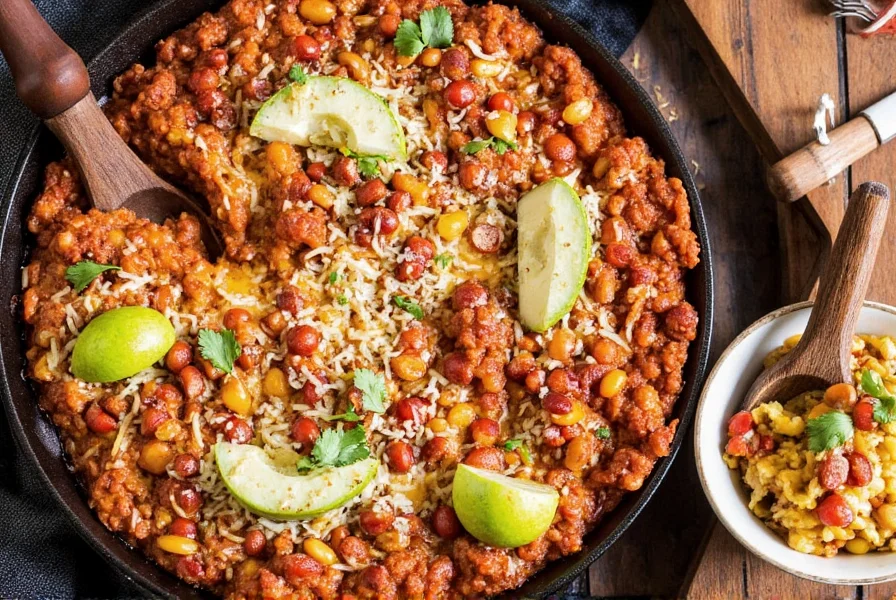
Hot Tips for Spicing Up Your Soup Game
- Use dried chilies instead of powdered ones for depth.
- To reduce bitterness, soak dried chilies in hot water before blending.
- Add a touch of cinnamon or allspice for warmth.
Seafood Specialties: Coastal Delights from the Pacific and Caribbean
Mexico’s coastal regions offer a bounty of fresh seafood dishes, each seasoned with local spices and chilies.
Ceviche
Raw fish “cooked” in lime juice, spiked with chili, cilantro, and onions. Try variations like campechana, which includes shrimp and octopus.
Mariscada
A seafood medley served in a spicy tomato-based broth, popular in Sinaloa and Baja California Sur.
Cochinita Pibil Tacos (Cancun Version)
While typically made with pork, some coastal spots use fish or shrimp prepared pibil-style—wrapped in banana leaves and slow-roasted.
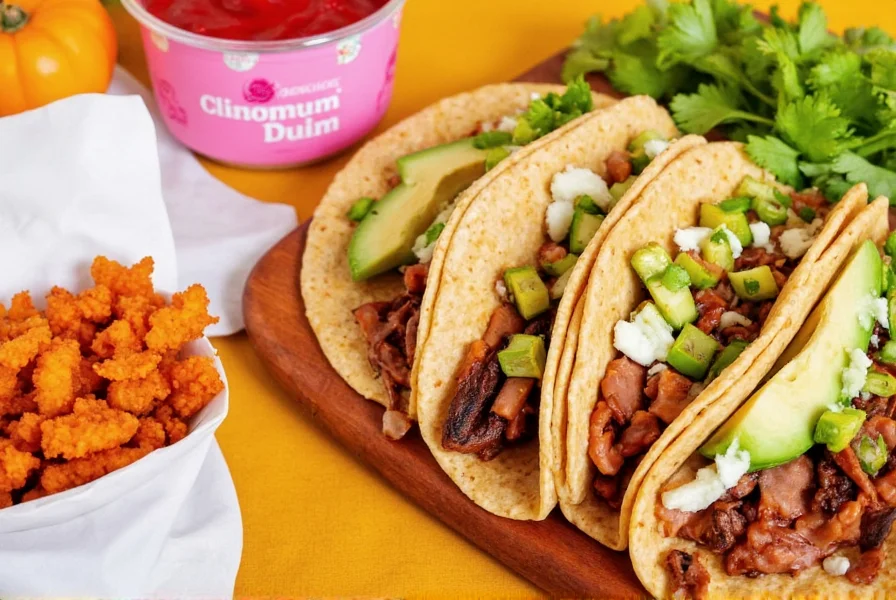
Spice Hack for Seafood Lovers:
- Use achiote paste as a rub for grilled or baked fish—it adds color and mild peppery notes.
- Pair ceviche with Valentina or Cholula hot sauce for a fiery kick.
Sweet Heat: Spices in Mexican Desserts
Mexico proves that dessert doesn’t have to be shy about spice. Think cinnamon-spiked chocolate, chili-dusted fruit, and the legendary pan de muerto.
Top Spiced Desserts to Try
- Chocolate con Chile: Traditional drinking chocolate infused with cinnamon and ground ancho chilies.
- Churros: Fried dough sprinkled with sugar and cinnamon—some versions even dust with chili powder.
- Arroz Con Leche: Rice pudding enhanced with cloves, cinnamon, and nutmeg.
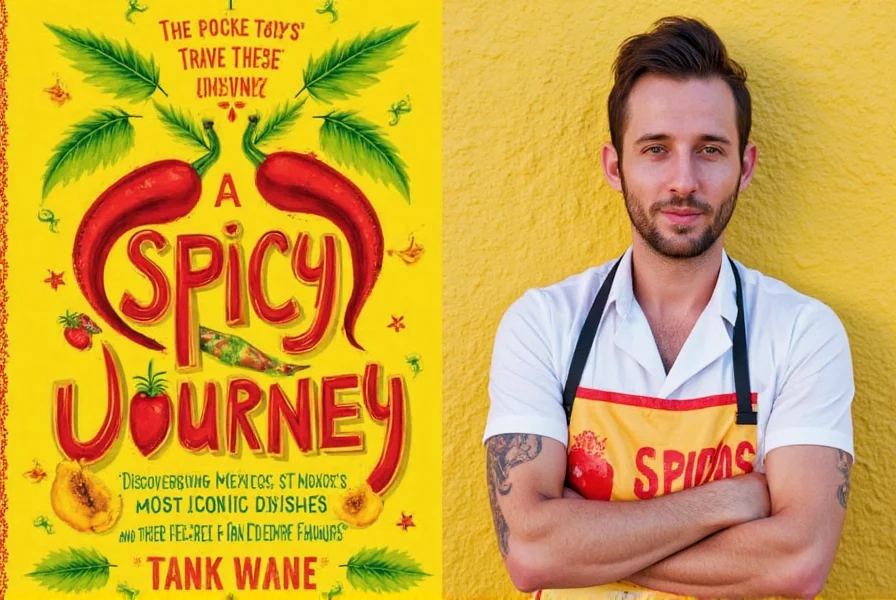
Recipe Idea: Chocolate Chili Brownies
- Melt dark chocolate with unsweetened cocoa powder.
- Add a pinch of ground cinnamon and smoked paprika.
- Finish with flaky sea salt and a dash of cayenne pepper for complexity.
Buying Guide: Essential Ingredients for Mexican Cooking at Home
Whether you're making tacos, tamales, or mole, having the right ingredients makes all the difference. Here's a curated list of must-have items, along with their uses and where to find them.
Essential Spices & Chilies
| Product | Features | Advantages | Use Cases | Suitable For |
|---|---|---|---|---|
| Ancho Chili Powder | Mild, fruity, slightly sweet | Versatile; works well in sauces, stews, and mole | Red enchilada sauce, mole poblano, adobo | Beginners and pros alike |
| Guajillo Chili | Bright red color, berry-like flavor, medium heat | Great for grinding into powder or rehydrating for sauces | Carne asada marinades, red sauces, sopes | Intermediate cooks |
| Achiote Paste | Earthy, peppery, vibrant orange-red color | Excellent for marinades and roasting | Cochinita pibil, grilled fish, rice dishes | Home chefs seeking bold flavors |
| Cinnamon Sticks | Warm, aromatic, slightly woody | Adds depth to desserts, soups, and meats | Chocolate drinks, arroz con leche, carnitas | All levels |
| Smoked Paprika | Smoky, sweet, with a subtle heat | Brings a Spanish-Mexican fusion vibe | Paella-inspired dishes, spice blends, garnishes | Creative experimenters |
Where to Buy
- Online: Amazon, La Tienda Mexicana, Mexican Food Market
- Local Markets: Latin grocery stores like Mercado or Supermercado
- Gourmet Shops: Whole Foods, Sur La Table (for high-quality cinnamon, vanilla beans, etc.)
Storage Tip:
Store whole dried chilies in airtight containers away from light. Ground spices lose potency after 6 months—mark expiration dates to stay fresh.
Conclusion
Mexico’s diverse food culture is a testament to its rich history, regional influences, and deep connection to spice. From the bustling streets of Mexico City to the tranquil coasts of Yucatán, each dish tells a story—and now you know how to tell it yourself, whether you’re cooking at home or exploring abroad.
Embrace the heat, celebrate the layers, and let every meal be a little fiesta of flavor. Whether you’re dipping a churro in spicy chocolate or drizzling mole over tender chicken, remember: the best part of any Mexican dish is the joy it brings to the table.
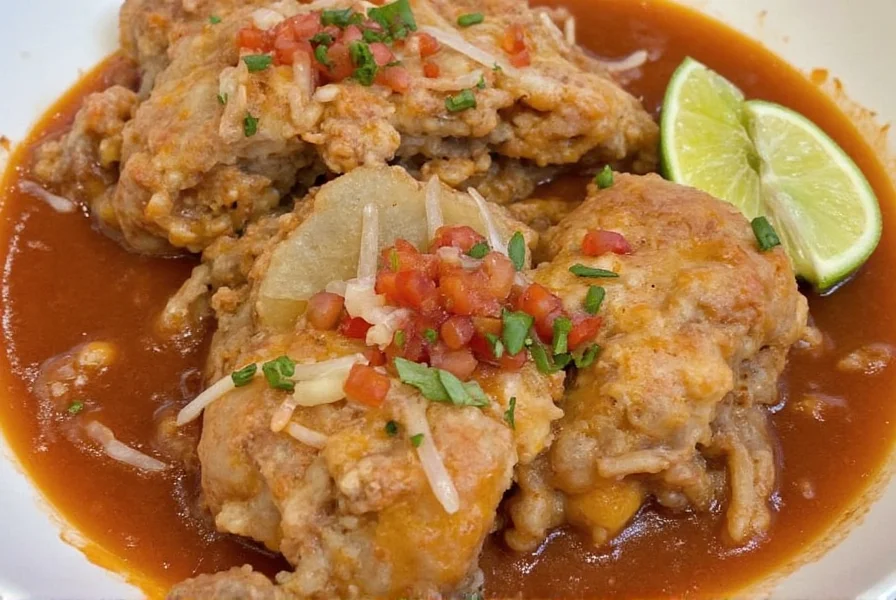

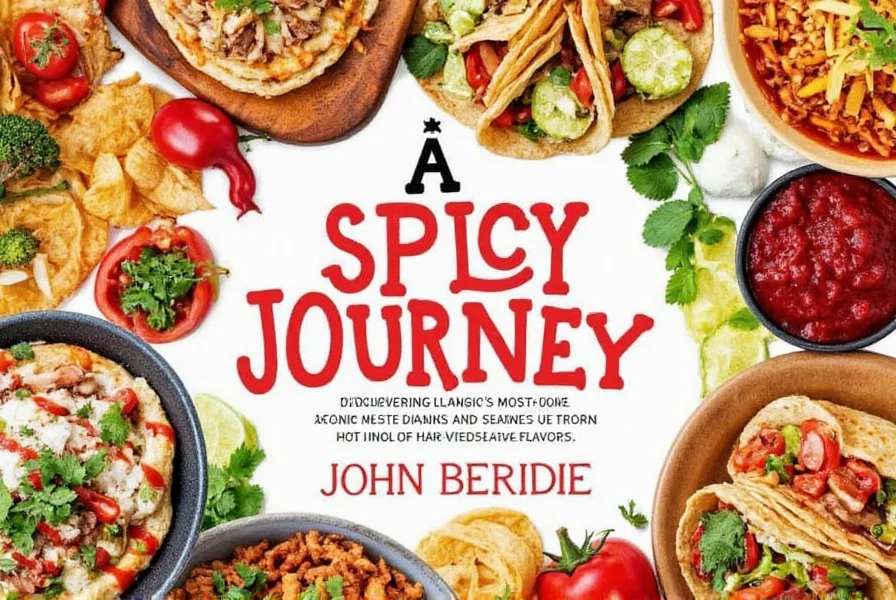









 浙公网安备
33010002000092号
浙公网安备
33010002000092号 浙B2-20120091-4
浙B2-20120091-4